Background Assessment
This website is a condensed version of the entire Background Assessment. Here, you’ll get a high-level overview of the project research and recommendations without all of the nitty-gritty details (we know those aren’t for everyone).
However, if you’re like us and don’t mind a rabbit hole or two of information, we’ve got you covered! The complete PDF plan is available for you to read at the link above.
Research
An in-depth research analysis was conducted to better understand the desires, needs, and current challenges of Sparta and West Jefferson. Atlas Community Studios completed this analysis in three phases.
A variety of input sources were tapped to provide a robust analysis for each community.






Phase I: Background Assessment
Our team begins with an initial review of various community indicators, such as demographics, history, education, employment, housing, arts/culture, and more. This information helps shape the communities’ identities, further researched in Phase II.
Atlas utilized a community data platform called mySidewalk to build each community snapshot report. Because this project is focused on Housing, Workforce Development, and Key Building Revitalization, we dove deeper into indicators relating to each of these focus areas (e.g., homeowner vs. renting by age/economic status and labor force participation rates).
The snapshot provided an initial look into the communities of Sparta and West Jefferson, and we were able to identify certain commonalities, trends, and potential challenges they currently face.
Phase II: Community Visioning
We rely heavily on public input and creating space for the community to guide the placemaking process. Once the background assessment is completed, community input is collected to add residents’ viewpoints and perspectives of their towns. This input is collected through a variety of methods, including:
- Site visits
- Public surveys
- Interviews with engaged residents
- Focus groups with targeted populations
Phase II allows communities’ dreams and crazy ideas to come alive and gauge the public’s perception of potential opportunities and existing challenges and barriers.

Visioning Sessions
The first collection of community input was through a virtual visioning session with the steering committees for each community. Using a survey platform called Poll Everywhere, participants submitted anonymous responses while engaging in a dialogue with one another. Atlas asked questions about each community’s assets, challenges, and barriers, such as:
- “What do you love about your community?”
- “What do you wish your community had?”
- “Who are key players in your community that should be involved in this process?”
Additionally, two public visioning sessions conducted in the same fashion allowed residents from each community to answer similar questions and provide their perspectives and feedback.

Public Survey
Atlas also launched an online public survey. Residents were asked to complete their community-specific survey so that Atlas could identify appropriate strategic opportunities. We received over 200 responses in total that further curated each community’s identity through the perception of its residents. From the data, we elicited viable options that are seen as avenues to improving the quality of life for current and future residents.
Read the complete survey report for Sparta and West Jefferson.

Site Visits
While the COVID-19 pandemic limited us to online engagement at the project’s initial start, the Atlas team could safely visit both communities in May and October 2021. This provided us time to see the sights, feel the feels, and think creatively about the potential strategic opportunities.
During our first site visit, we toured the communities. We met with various groups to obtain a better understanding of Sparta and West Jefferson, their identities, and how each community wants to move forward. We held multiple focus groups with various local stakeholders that provided valuable insight into each focus area.
During our second site visit, the concepts for each focus area were identified and agreed upon, allowing us to meet with individual and group stakeholders that would be integrated into each idea.

Focus Groups & Interviews
Throughout this project, our team conducted 30+ interviews and focus groups to further engage with local stakeholders, including, but not limited to:
- Main street business owners
- Educational professionals
- Realtors
- Local industry employers
- Students
- Arts, music, and cultural organizations
Through these targeted conversations, potential opportunities started to emerge.
Phase III: Research Analysis
Atlas organized and analyzed the quantitative and qualitative data collected from Phases I and II during this final phase. After reviewing the information, we identified strategic opportunities for each community.
Once a list of strategic opportunities was created, it was essential to test for viability to determine which concepts can genuinely serve the community and meet its needs. Some questions we asked throughout this process include:
- What does the data tell us?
- Does the data match public perception?
- Are the ideas utilizing the community’s assets and strengths?
- How do these ideas meet the needs of the community?
- Who are the key stakeholders to achieve success?
Key Indicators – Sparta
Atlas identified key assets and challenges as a result of the research process. These indicators were crucial in determining viable strategic opportunities that would become the focus of this project. The findings for Sparta are below.
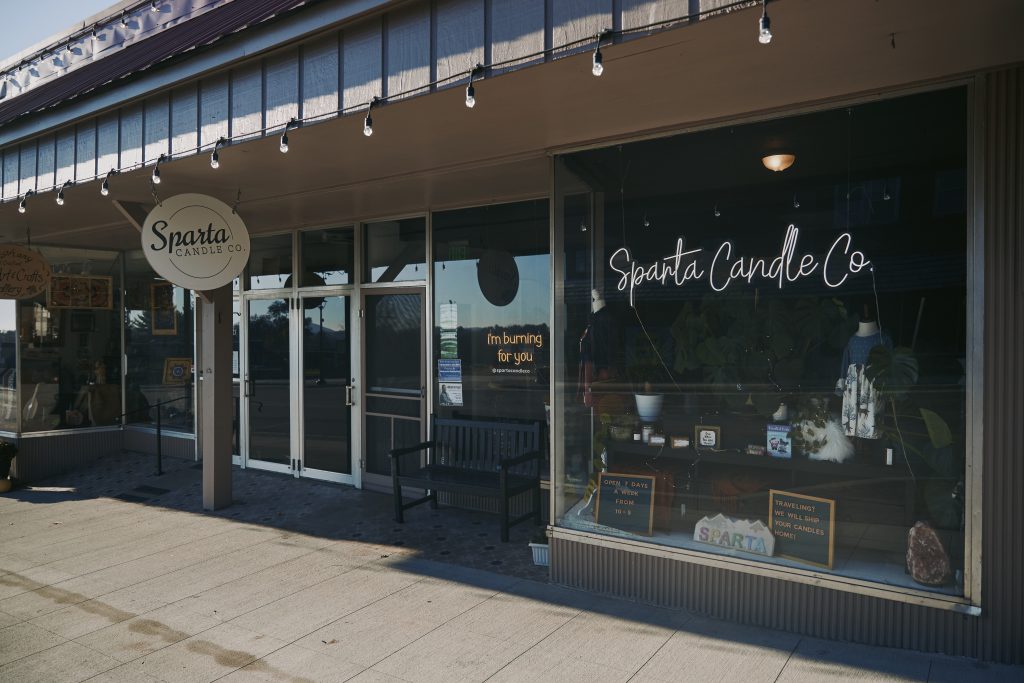
Small Business
Sparta recently completed a downtown streetscape, allowing for a pleasant visit to local shops and restaurants. New businesses, such as Muddy Creek Cafe and Sparta Candle Co., are just two businesses we learned about during our site visit to Sparta. Businesses like these have contributed to the entrepreneurial spirit in the community and enhanced Sparta as a tourist destination.
Outdoor Recreation
Sparta deems itself the “Heart of the Blue Ridge Parkway” as it sits directly at the halfway point of the Blue Ridge mountain range. Sparta’s accessibility to outdoor amenities also adds to its tourist scene, where residents and visitors can hike Bullhead Mountain or kayak along New River.
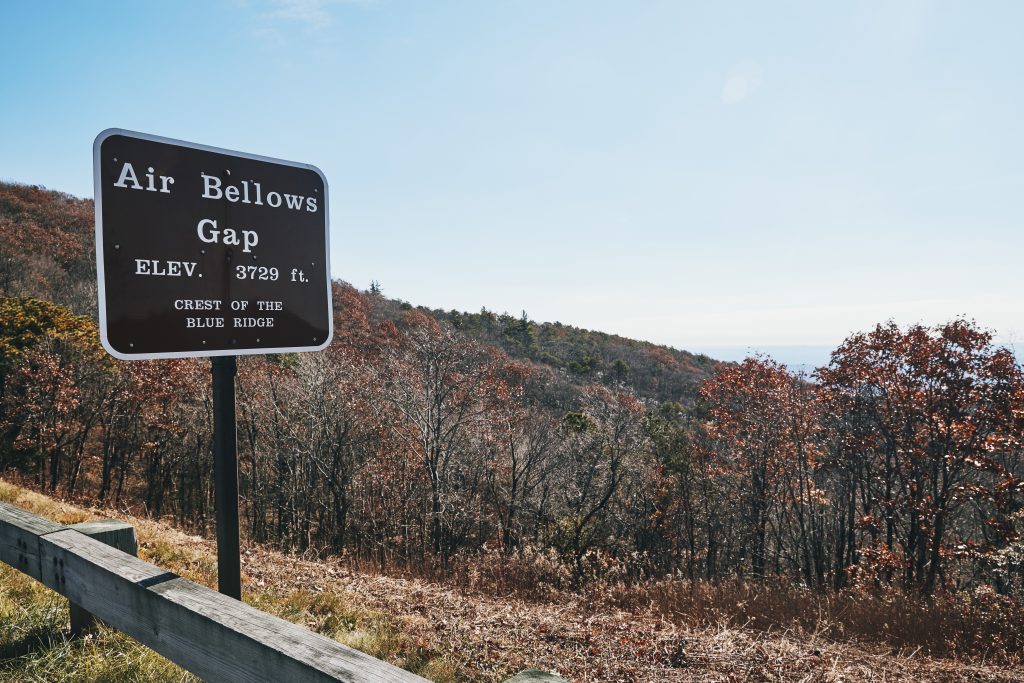
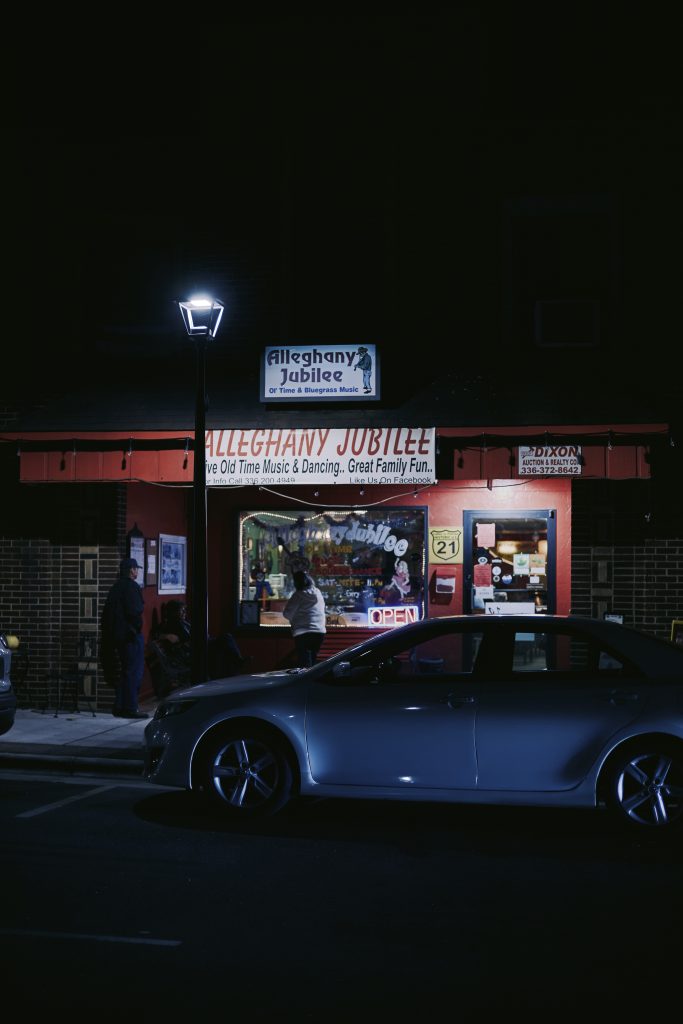
Art, Music & Culture
There are several groups dedicated to the arts, including Alleghany Writers, Alleghany Arts Council, Alleghany Junior Appalachian Musicians (JAM) Program, and more. There are also dedicated community events like Music on Main, Saturdays in the Park, and the Blue Ridge Fiber Festival that provides opportunities for people to enjoy live music by local (and visiting) musicians and experience the fiber arts created by local artisans.
Fiber Optic Access
Sparta, and the larger Alleghany County, is only one of few areas in the state of North Carolina that offers broadband availability to almost every resident in the county. Roughly 95.7% of the population has fiber optic internet access.
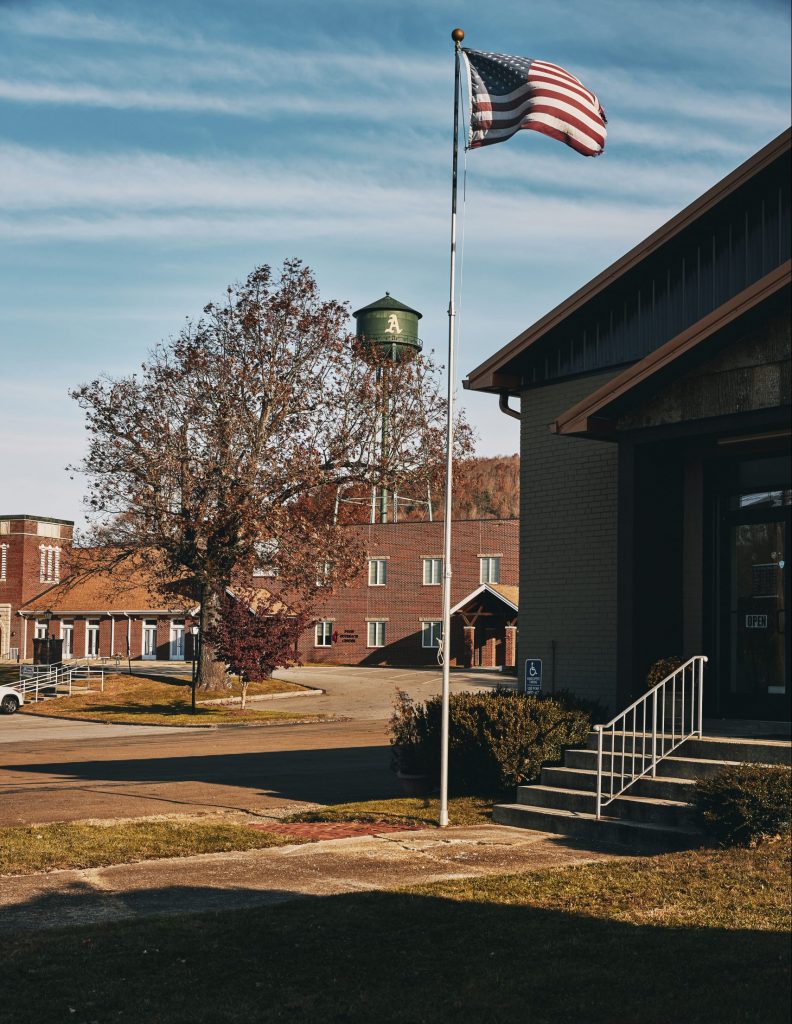
Housing Availability & Affordability
Sparta’s housing development boomed in the 1970s and has significantly decreased since then, making the current housing stock outdated. This aging housing stock has contributed to many blighted/vacant homes throughout the community. With no new builds and an increasing amount of inadequate homes, the homeownership rate has decreased, over 10% in the last decade, to only 57.5% of the population owning their own home.
The renting population is at a more significant disadvantage due to a lack of affordable options, which resulted in roughly two-thirds of renters being cost-burdened (paying more than 30% of their income towards housing) because of a lower median income ($16,700).
Workforce Wages & Opportunity
Like many rural areas across the country, living costs are rising, but an equitable increase in wages or access to higher-paying jobs is scarce. Although COVID has disrupted the traditional 9-5 office job and increased the number of people working from home, this flexibility isn’t allotted to a large portion of Sparta’s population that works in construction, healthcare, food preparation, retail, and manufacturing.
Another limitation to Sparta’s workforce is that almost two-thirds of the population’s highest level of education is a high school diploma. There is a significant drop-off from those that receive a high school diploma (39.5%) to those that receive an Associate’s degree (8.3%) or even complete some college but do not receive a degree (15.8%).
Activities for All Ages
Although Sparta offers a plethora of outdoor activities, residents expressed interest in adding more amenities to the community, specifically family-friendly and youth-related activities. Roughly 42% of survey respondents indicated a desire for an indoor/outdoor facility, showing a significant need for spaces that can serve a wide range of ages within the community.

Final concepts were identified and presented to the Steering Committee for approval through this filtering process. Through discussions and a voting process, the committee agreed with the following recommendations for each focus area:
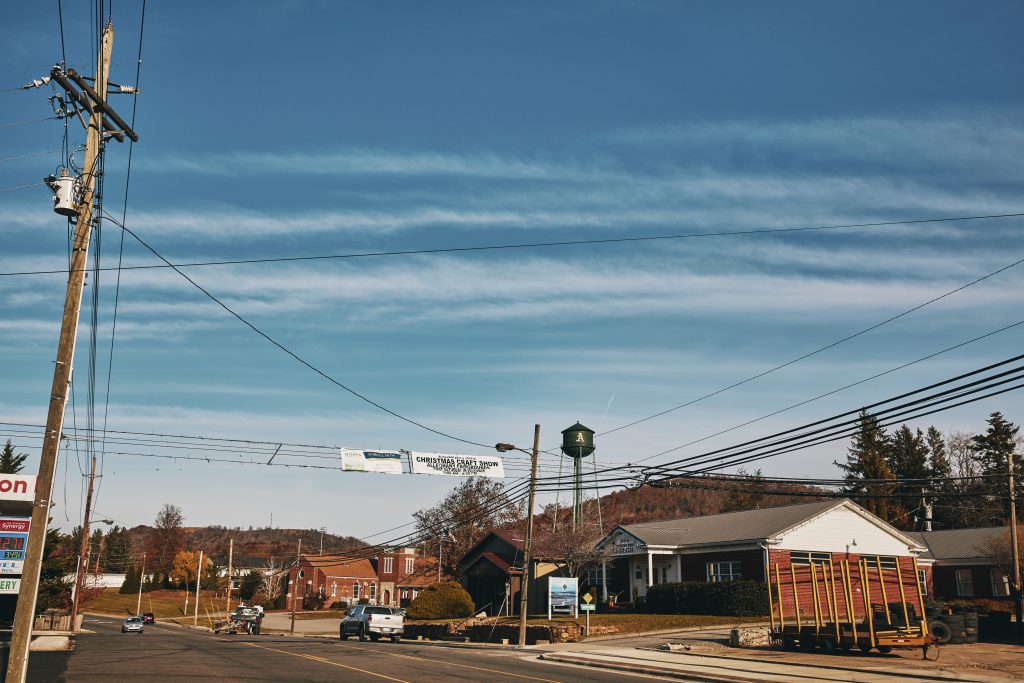
Housing
Blighted Home Renovation Strategy
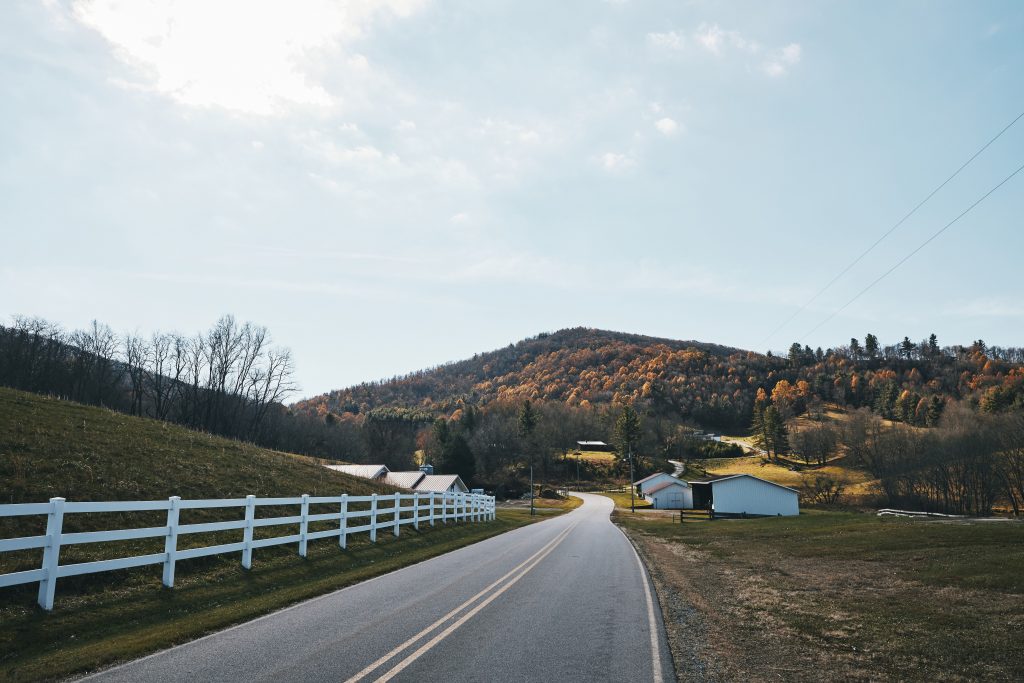
Workforce Development
Construction Bootcamp
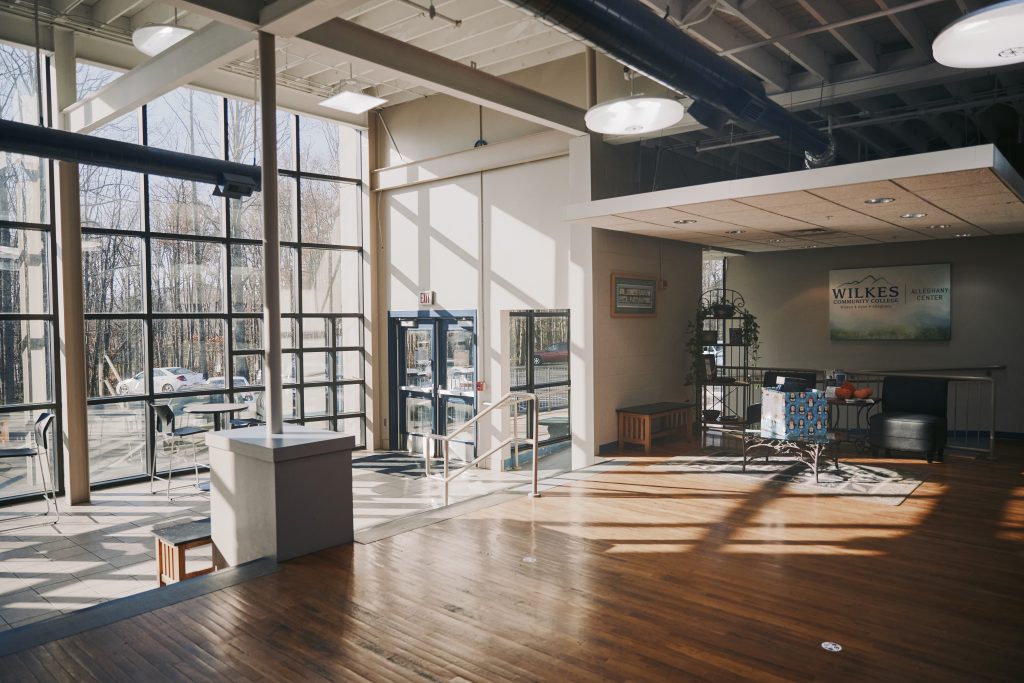
Key Building Revitalization
Creative Center
Although the scope of work has been identified for this specific project, there were a variety of additional strategic opportunities that Sparta could pursue to address the challenges identified.
Key Indicators – West Jefferson
Atlas identified key assets and challenges as a result of the research process. These indicators were crucial in determining viable strategic opportunities that would become the focus of this project. The findings for West Jefferson are below.
Local Gems
West Jefferson has fostered a thriving downtown culture that boasts a variety of local shops, restaurants, and breweries, including gems like Ashe County Cheese, Boondocks Brewing, and Catchlight Gallery. Amenities such as these have established West Jefferson as a tourist destination and drawn visitors from throughout the region.
Outdoor Opportunity
West Jefferson is located in North Carolina’s NW region. They are nestled within the beautiful Blue Ridge Mountain range, located at the bottom of Mount Jefferson State Natural Area. This provides ample opportunity for hiking, ranging from .3 to 2 mile-long trails. West Jefferson’s location also provides opportunities for individuals to fish along the New River. There are two access points, Highway 221 and Wagoner Road, where people can fish for redbreast sunfish, rock bass, and smallmouth bass.
Vibrant Arts District
West Jefferson has a vibrant arts and culture community and has an established Arts District in its downtown area. The district is home to numerous art galleries, the most well-known is the Ashe Arts Center, which houses a year-round exhibit of work from local and regional artists. Gallery Crawls held from June through October encourage residents to view an array of art mediums throughout the downtown area. West Jefferson also has over 15 murals throughout the downtown painted by local artists and reflects on the area’s unique history.
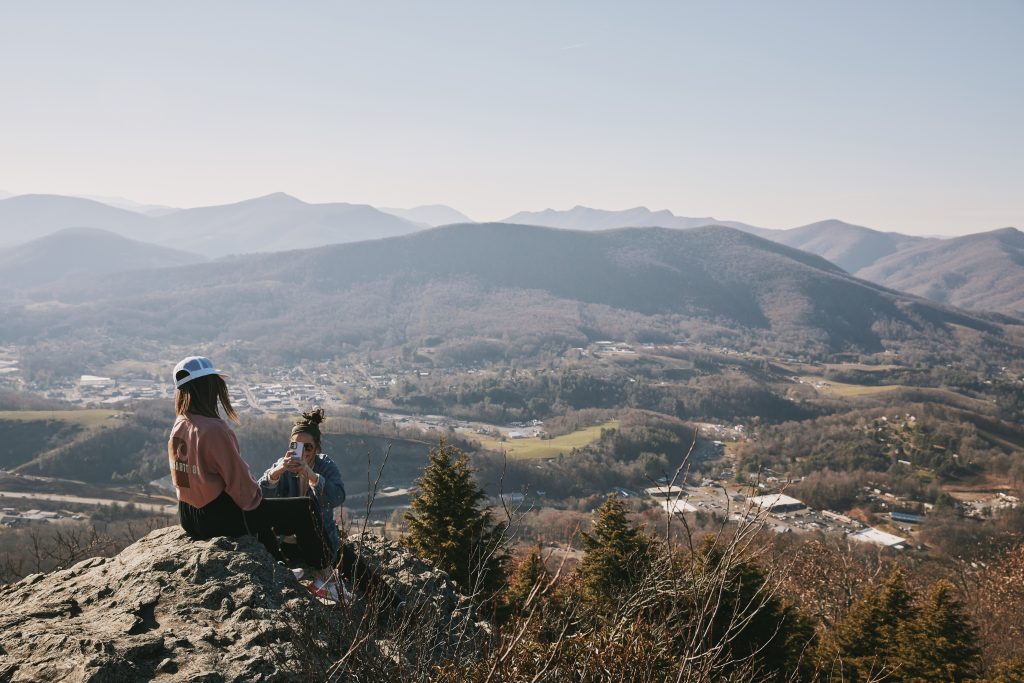
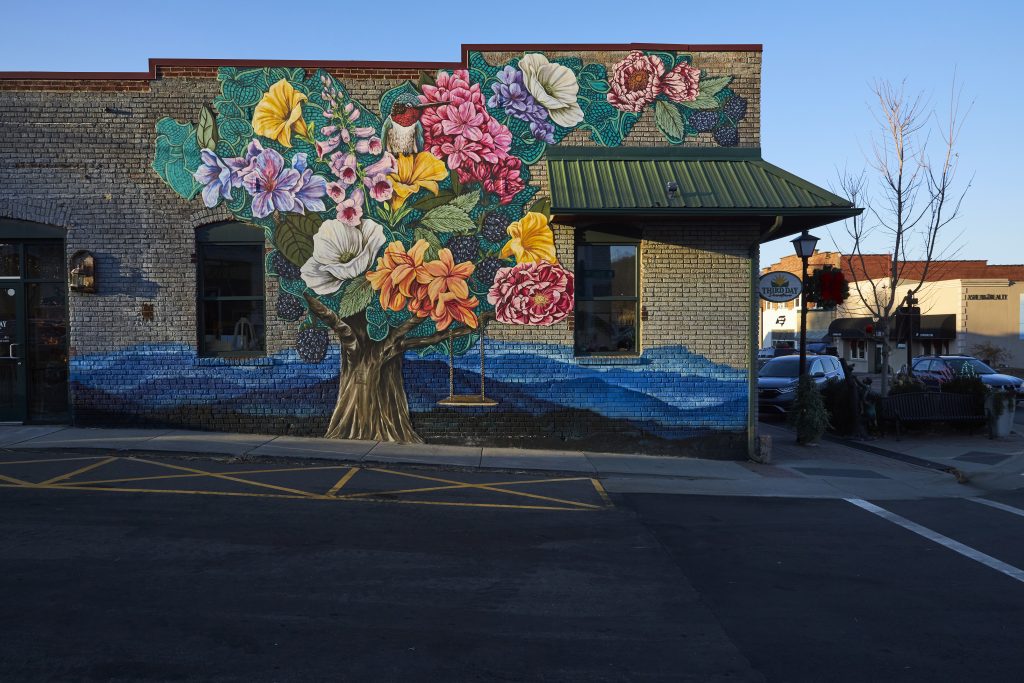
Fiber Optic Access
West Jefferson, and the larger Ashe County, offers broadband availability to almost every resident in the county. Roughly 99.6% of the population has fiber optic internet access.
Cost-Burdened Renters
West Jefferson’s housing development boomed in the 1950s and has significantly decreased since then, making the current housing stock outdated. There has been little activity for new construction homes, primarily due to lower demand and increased building costs. It was no surprise to see that West Jefferson has a higher rate of the population renting their home rather than owning their own home. Roughly 58% of the population rent, an increase of almost 20% from 2010. More than two-thirds of renters are cost-burdened while earning 2.5 times less in average income than those that own their own home.
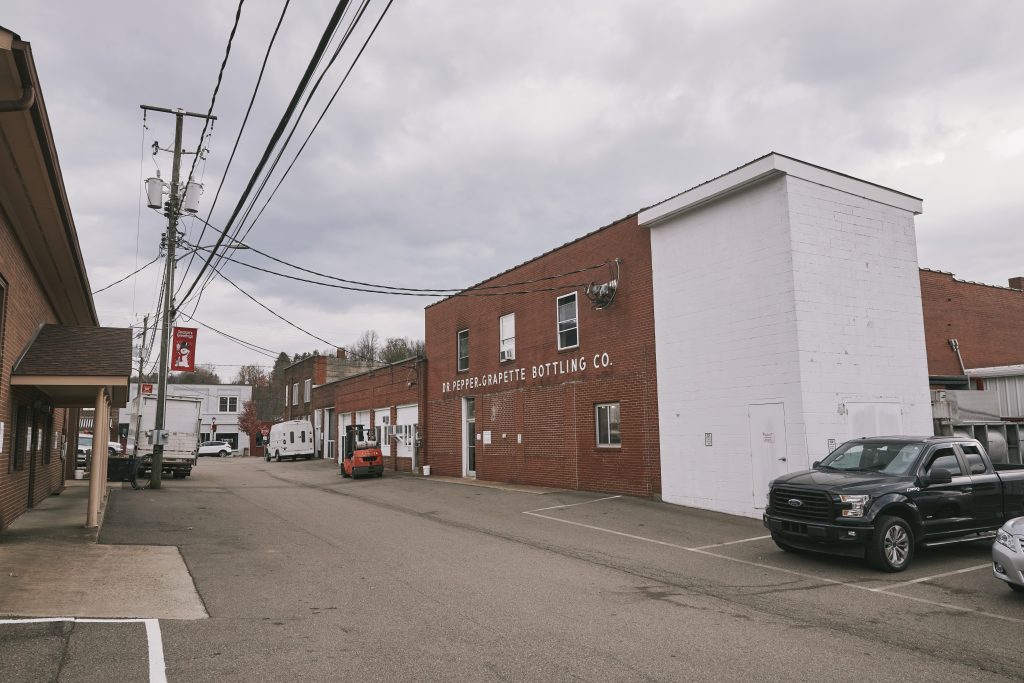
Staffing & Housing
West Jefferson has a strong manufacturing industry presence, including companies like General Electric Aviation, Dr. Pepper. Grapette Bottling Co., and many Christmas tree farmers. However, staffing shortages have hurt many of these companies, whether they have no applicants or inconsistent availability with employees.
Workforce housing was another challenge companies mentioned. For workers that might come from other plants around the country, short-term housing can be challenging to locate, especially if they’re interns who are living on a limited stipend/salary.
Activities for All Ages
Residents of West Jefferson expressed the need for more family-friendly and youth-related activities. The downtown area serves as one option, but survey respondents suggested a need for an indoor/outdoor space that offers more activities for a wide range of ages, both for residents and visitors.

Final concepts were identified and presented to the Steering Committee for approval through this filtering process. Through discussions and a voting process, the committee agreed with the following recommendations for each focus area:
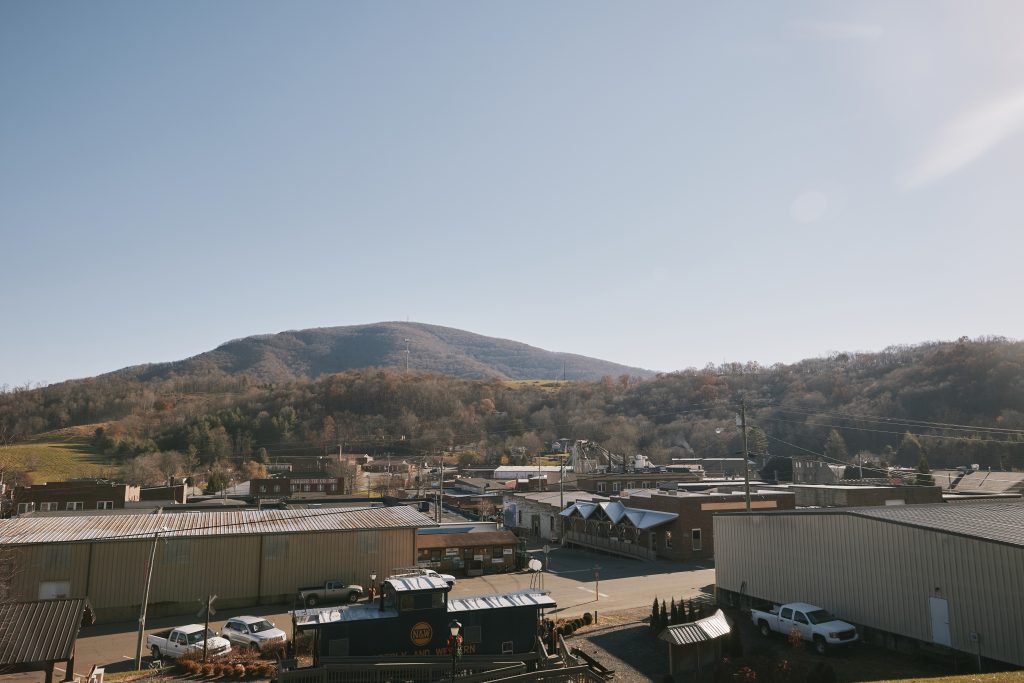
Housing
Comprehensive Housing Strategy
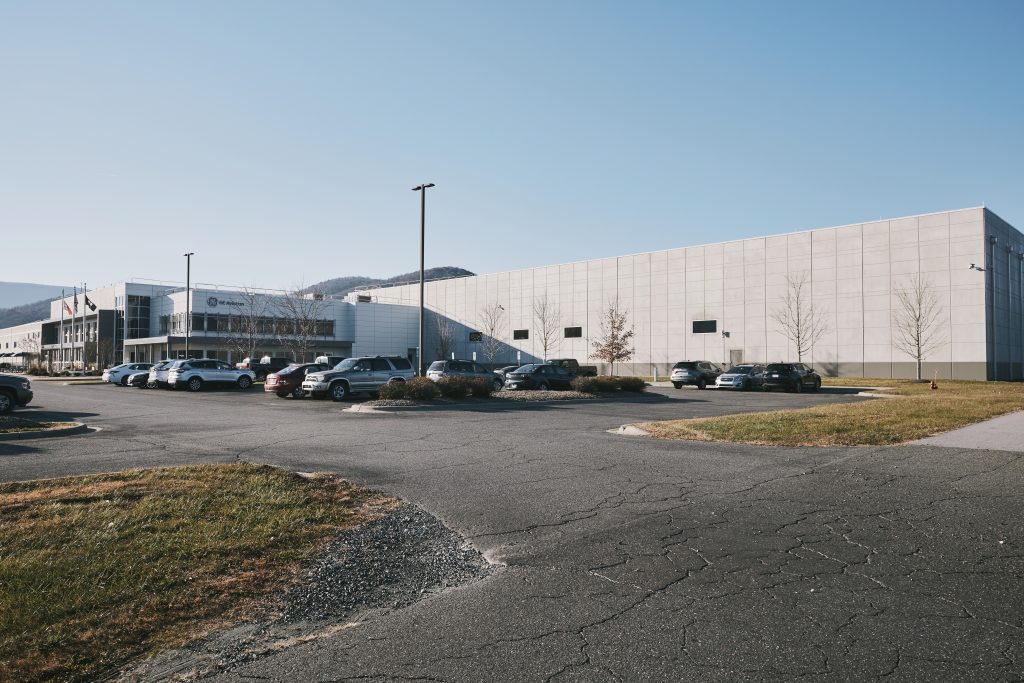
Workforce Development
3D Printing Bootcamp

Key Building Revitalization
Funding Strategy for Mt. Jefferson Child Development Center
Although the scope of work has been identified for this specific project, there were a variety of additional strategic opportunities that West Jefferson could pursue to address the challenges identified.
